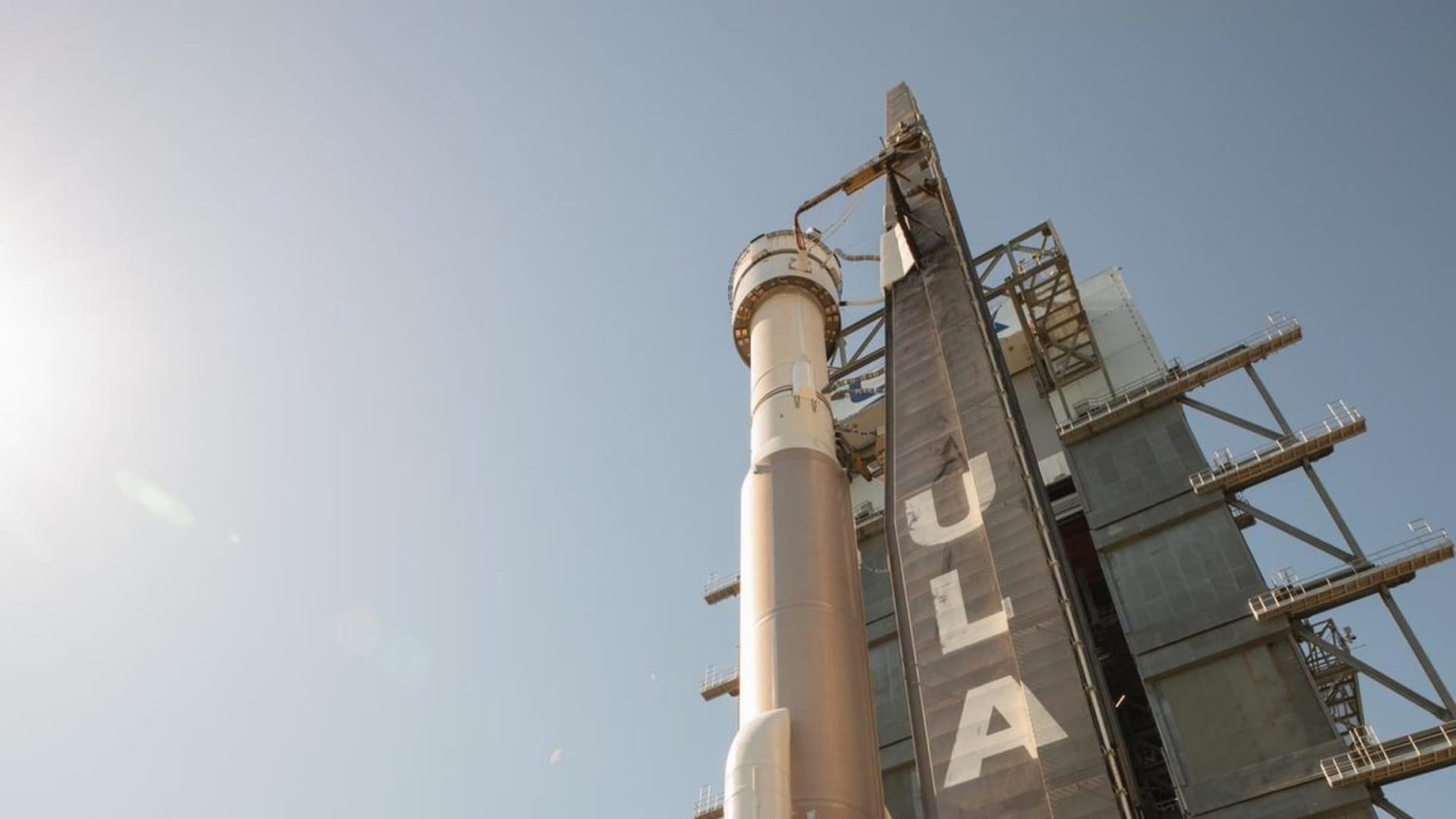Boeing’s first Starliner flight with astronauts on board was called off in the final minutes on June 1, just before the scheduled launch time. The launch, which was targeting a trip to the International Space Station, was automatically put on hold for an unspecified reason, with less than four minutes remaining in the countdown. This delay is not uncommon in the rocket industry, with NASA reporting that the crew members on board are safe and will disembark. Two NASA astronauts were on board the Starliner capsule for this initial flight.
Boeing had backup launch dates scheduled, with the next attempt set for the following day. Depending on the reason for the delay, the launch could be rescheduled for a later date in June. This launch attempt comes after a previous attempt was called off due to an issue with the rocket’s valve. Following that incident, a small helium leak was found in the Starliner capsule, leading to additional assessments before the most recent attempt. Despite the leak, officials have noted that it is not a safety concern.
The Starliner spacecraft has faced numerous setbacks and delays, causing it to fall behind SpaceX’s Dragon capsule in the race to transport astronauts for NASA. Boeing has incurred significant costs due to these delays, with the Starliner program eating through billions of dollars in development funds. This flight was seen as a major milestone for the Starliner program, as it represented the final major test before receiving NASA certification for regular missions to the ISS.
The two astronauts on board Starliner for this flight are experienced space travelers, with Butch Wilmore serving as the commander and Suni Williams as the pilot. Both astronauts have previous spaceflight experience, with Wilmore having flown on the Space Shuttle and Soyuz, and Williams on the Space Shuttle and Soyuz as well. The Starliner spacecraft itself is designed to carry up to four NASA astronauts and research materials to the ISS. It is equipped with a parachute and airbag system for landing and is reusable for multiple missions.
If the Starliner launch is successful, it will spend about 25 hours in space before docking with the ISS according to the planned schedule. The astronauts will then spend approximately a week on the ISS, conducting tests and experiments related to the Starliner spacecraft. This mission is critical for Boeing to receive NASA certification for future missions to the ISS, as it represents the final major step in the process. Despite the setbacks and delays faced by the Starliner program, Boeing is hopeful for a successful launch in the near future.


